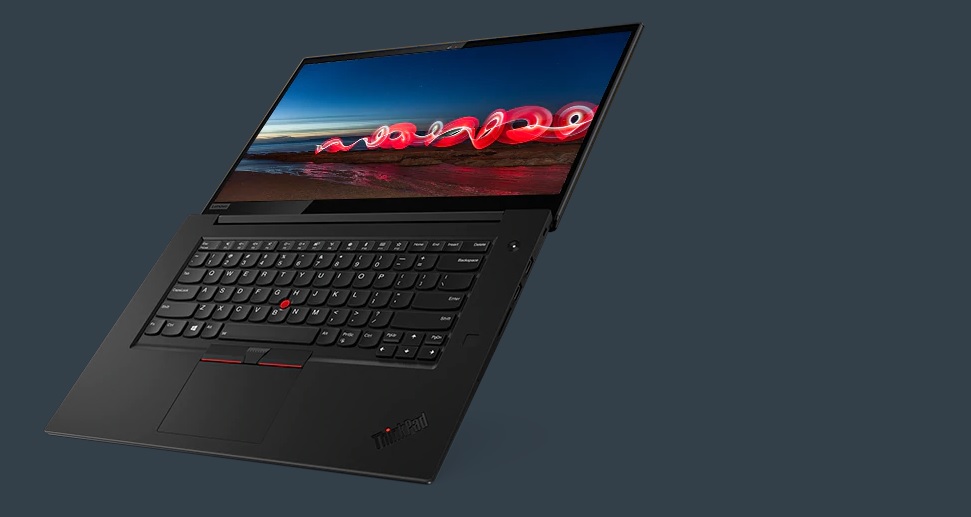
The ongoing coronavirus pandemic has driven thousands of people home to work, making the home office a much more relevant consideration for many more people. I’ve been working from a home office for the past five years, so it’s nothing new to me. At the same time, all of that experience has taught me that the right tools, both hardware and software, are vital for making a home office work.
Here’s a look at my current setup.
Visit Newegg’s Work From Home Portal for a full selection of hardware and more tips.
Hardware
The hardware you select for your home office will define how comfortable and efficient the environment can be.
Home working laptops
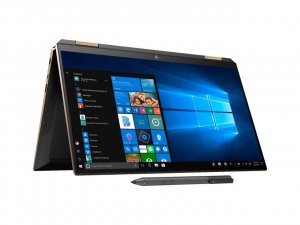
I was using a desktop PC until about a month ago, when I decided to switch to a laptop instead. I’d grown tired of using one system when working in my home office and then another when I switched to a different room or location entirely. Inevitably, I’d find that I forgot to close a web browser with an opened and unsaved WordPress session or forgot to update an important Office document.
Many people who are working from home due to the coronavirus are using a work laptop, and so my configuration might be of particular interest. And currently, that involves using one of two laptops, a Lenovo ThinkPad X1 Extreme Gen 2 and an HP Spectre x360 13.
Work from home displays
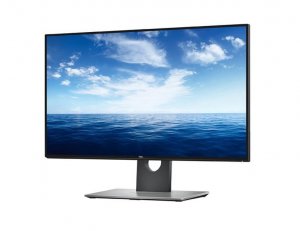
Both laptops work well with my two Dell U2718Q 4K displays, driving both along with each machine’s built-in 4K display without any performance issues. The ThinkPad is particularly powerful, with a Core i9-9980HK CPU, 32GB of RAM, and an Nvidia GeForce GTX 1650 GPU. The Spectre is no slouch either, with a Core i7-1065G7, 16GB of RAM, and the latest Intel Iris Plus graphics.
The reason I mention the laptops’ specifications is because running three 4K displays – both laptops have 4K screens – can be taxing on a laptop. And both of these machines do run their fans occasionally, reminding me that they’re working hard. If you have an older laptop, or one with a slower CPU (like the HP Spectre Folio I recently tested with a low-power Intel Core i7-8500Y CPU and low-end integrated graphics), then you might want to limit yourself to 1080p displays instead.
Other peripherals and Thunderbolt 3 dock
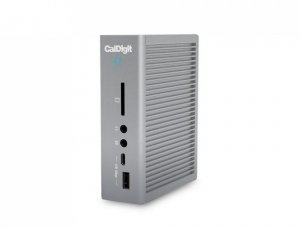
I’m connected to the internet via wired Ethernet, keeping my work system off of my Wi-Fi 6 network and freeing up precious wireless bandwidth for the rest of my family. A variety of USB drives provide me with plenty of storage, and I have a set of Logitech Z337 2.1 speakers to keep me entertained. The speakers not only sound great but they can also connect via Bluetooth, and they have a connector on the volume remote for a set of headphones for when I want to keep my music to myself.
In order to connect everything and keep things simple and convenient, I’m using a CalDigit TB3Plus Thunderbolt 3 dock. It powers both 4K displays at 60Hz, provides the Ethernet and audio connections, and lets me plug in all of my USB drives without issue. While it can’t power the ThinkPad – and so I have two plugs to deal with when I’m taking the laptop with me – the Spectre is fully powered by the dock, so it’s a single connection to deal with.
The CalDigit TB3Plus is the component that pulls everything together. Otherwise, I’d be plugging dongles into the laptops and would have to plug and unplug multiple connections every time I want to migrate to a different working space. Thanks to the dock, and the performance of Thunderbolt 3, I have one or two connections to deal with and an overall solution that performs better than my old desktop.
If you’ve been issued a work laptop and it has a Thunderbolt 3 port, then the TB3Plus is highly recommended. If your laptop only has USB-C, however, don’t despair – there are a number of excellent USB-C hubs, with the primary limitation being support for dual 1080p displays instead of 4K.
Mouse and keyboard for working from home
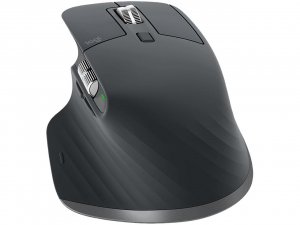
You’ll want to make sure you have a comfortable keyboard and mouse on hand to avoid fatigue and carpal tunnel syndrome. As a writer, the keyboard is particularly important to me, and my favorite is Microsoft’s Surface Keyboard. It has a precise and crisp mechanism that lets me comfortably type at full speed, connects via Bluetooth, and has a battery that feels like it lasts forever.
My mouse is the Logitech MX Master, which connects to up to three machines and has excellent curves and contours for comfortable mousing. It’s also the oldest model; you’ll want to consider the Logitech MX Master 3, which offers a number of extra features and even better performance.
Choosing a chair for a home office
While my desk is rather non-descript, I did invest in a very good office chair for the utmost in ergonomics. I try not to remain seated for too long – I take frequent breaks to make sure I’m not sitting for more than two hours at a time – but my Haworth Fern Executive chair is ultra-comfortable and provides excellent support for my back, legs, and arms. It was expensive, but well worth it.
Home office productivity software
I use Microsoft Office as my productivity suite, specifically I subscribe to Office 365 Home so that I can share the suite with my family, run the software on up to five PCs at a time, and gain the full terabyte (TB) of Microsoft OneDrive storage. The $99 annual subscription price is easily justified.
Microsoft OneNote is my note-taking and general information organization tool. It syncs everything I write and save immediately to the cloud and is accessible on all of my devices – from Windows 10 to MacOS to iOS to Android. And it’s free to use, both the mobile and desktop (OneNote 2016) versions.
Microsoft To Do is my task-management tool, and it’s also free to use. I was using Microsoft’s Wunderlist but that shuts down on April 6, 2020. To Do is the logical replacement and can import Wunderlist tasks without any loss of data. For projects, I use Trello, which is a free Kanban board system that lets me create cards for individual writing projects that can be moved from phase to phase and annotated with notes and labels (e.g., turned in, invoiced, paid).
Finally, I’ve standardized on Firefox as my default browser. I like its privacy features and performance, and I haven’t run into any showstopper issues since switching over from Google’s Chrome browser.
Working at home doesn’t need to be a pain
As long as you take some time to select the right hardware and software to get your work done, working from home doesn’t need to be a painful experience. In fact, it offers a level of independence that you can’t get when working in a corporate office.
Of course, you’ll want to adhere to a strict routine in order to maintain your sanity. Set normal working hours and start and stop on time – it’s tempting to just keep working through the evening, but that’s the quickest path to burnout. And get dressed each morning like you’re going to the office – it will put you in a serious mindset from the outset.
I hope this overview of my home office setup has been helpful. If you have any questions, please don’t hesitate to ask them in the comments section.
Visit Newegg’s Work From Home Portal for a full selection of hardware and more tips.

